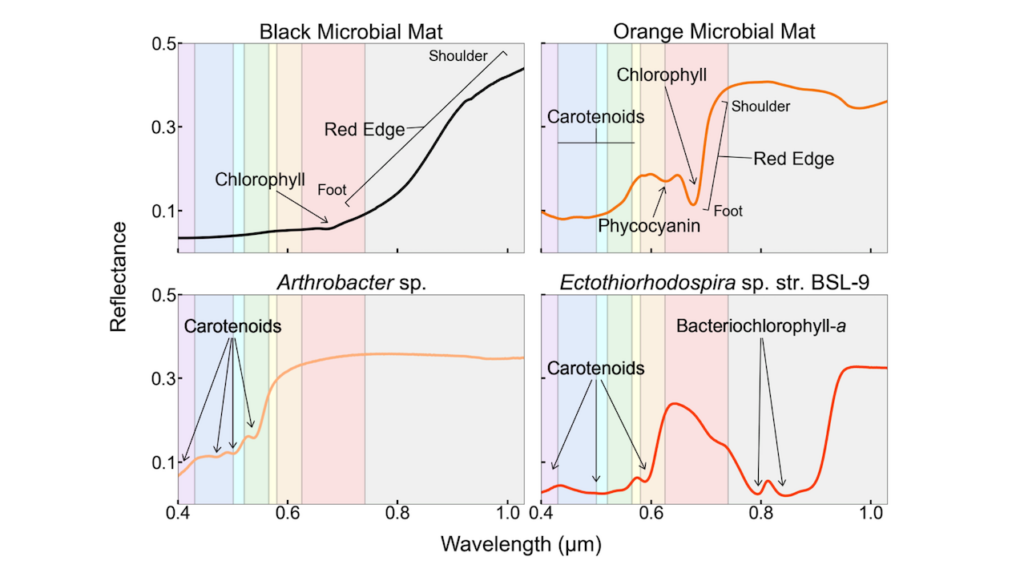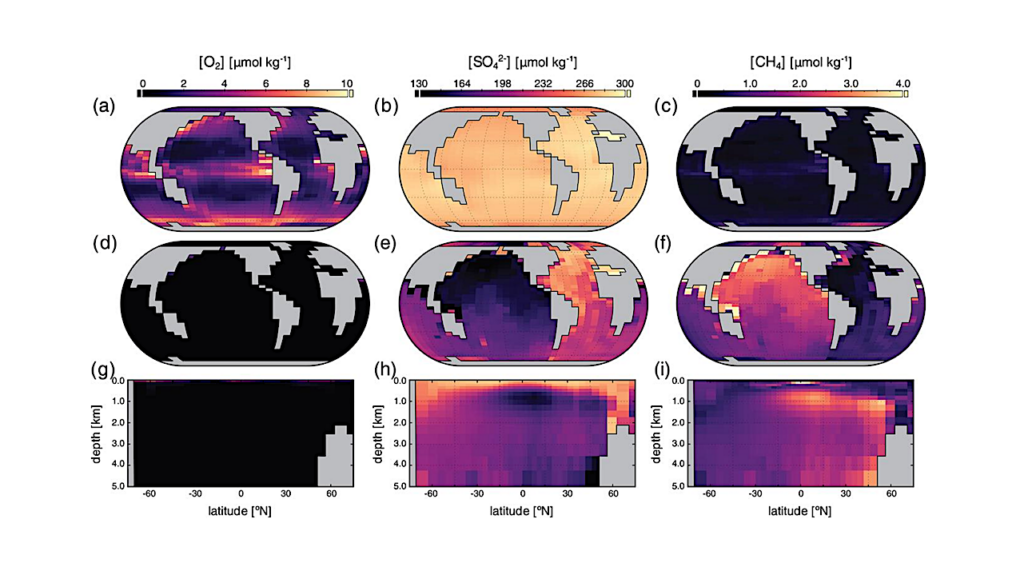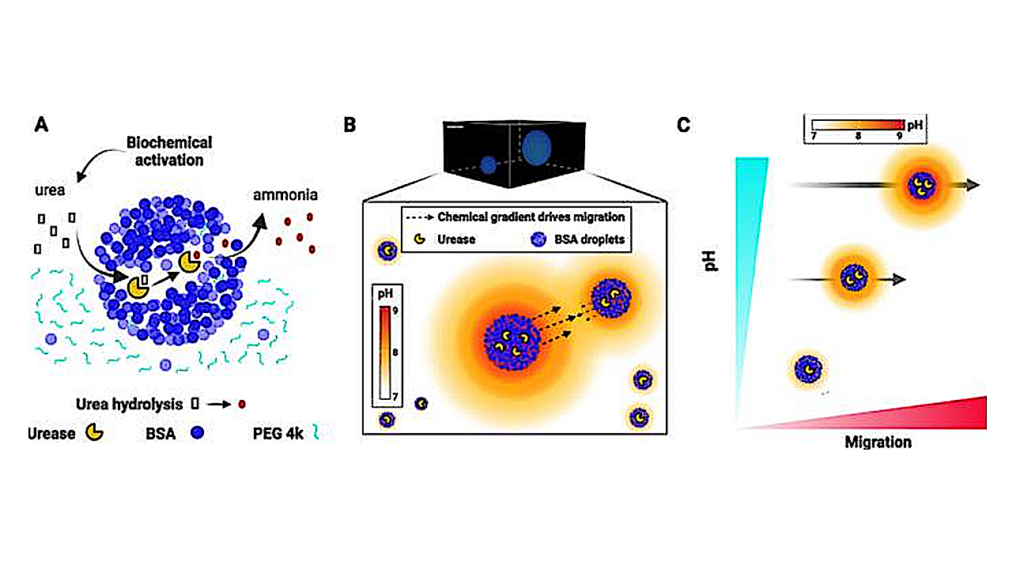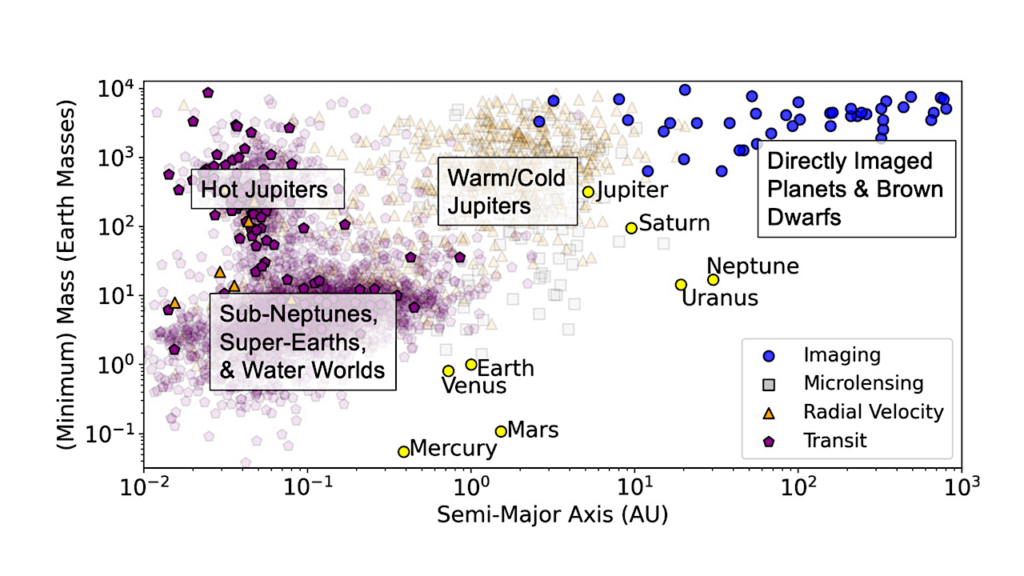New Evidence for an Earlier Origin of Oxygenic Photosynthesis
NAI’s Archean Biosphere Drilling Project supported the acquisition of pristine drill core samples obtained from ancient rocks in Western Australia. New results from those studies, published in the current issue of Nature Geoscience, point toward an earlier start for oxygenic photosynthesis on the early Earth than previously thought.
An international team of researchers, including members of NAI’s Penn State Team, found hematite crystals and associated minerals preserved in a jasper formation within ancient marine sedimentary rocks. Their interpretation is that the rocks formed in an oxygenated water body 3.46 billion years ago. Because the findings imply the presence of molecular oxygen, the team proposes that organisms capable of oxygenic photosynthesis were present in the water body that formed the sediments almost 3.5 billion years ago. Previously, the oldest widely accepted evidence for oxygenic photosynthesis has been organic remains extracted from ~2.7 billion year old sediments. The new results thus indicate that oxygenic photosynthesis evolved more than 700 million years earlier than previously thought.
Hematite can form either in the presence of aerobic bacteria in water, or abiologically in the upper ten meters of seawater. The team did not observe any sign of wave action or other features indicating the rocks formed in shallow water, concluding that the hematite formed in at least 200 meters of water.
For more information, see ScienceNOW and the Australian Broadcasting Company science news service.
[Source: NAI Newsletter]








